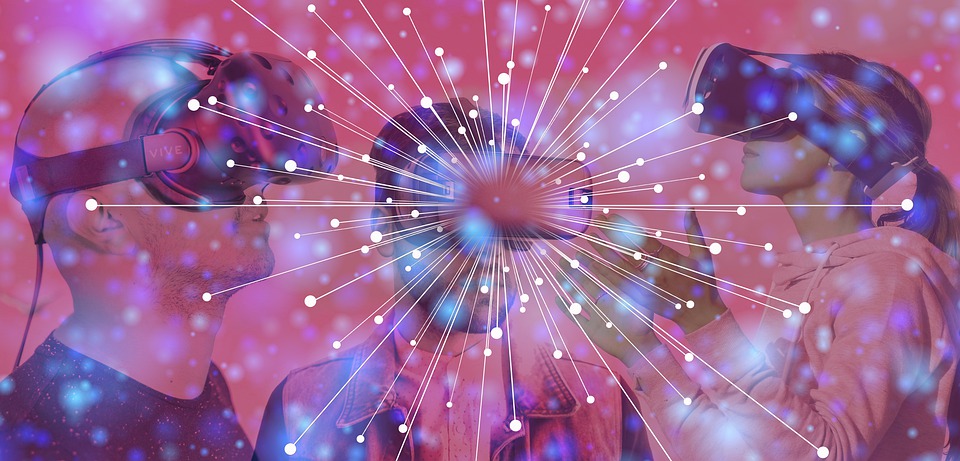In 2014 Palmer Luckey, the founder of Oculus predicted that the real world will change.' Six years later, augmented reality does not appear to be a hurricane in the world of consumerism.
So far, global customers have just 26 million VR headsets – many of which accumulate dust, according to technology consultancy company Omdia. But this is not the entire story in fact after the pandemic COVID-19. Any customers appear to have a second opinion of VR during long lockout times. The VR game demand has not only improved, but businesses are seeking new ways to make it more helpful and open to non-traditional gaming consumers. In addition to that, considering the fact that customers have not yet taken a huge bug in VR, there are several firms, and there are signs of optimism for potential development in VR.
For the majority of customers, high-quality headphones were too pricey and content creators were not motivated to manufacture apps without a broad user base. However, customers did not want to fork out headphones without the requisite software. But while the most focus can be paid to apps and headphones for the entertainment industry, the main growth field is in business applications. Surveys reveal that corporations implement VR double the market average. All of them use VR to train staff, from Walmart to the Netherlands shipyards. In a holodeck-like world, engineers render practical simulations and cooperate with extensive colleagues. Military operatives use VR to educate troops and drug users, mimic pilots on-fluid and run simulated boot camps. Auto showrooms use this to show high-end vehicle features. Another area of development is the healthcare industry. VR is already used for treating disorders such as stroke and panic by developing simulated settings engineered to elicit real physical and emotional reactions. VR immersion will in the future be used as a normal treatment tool along with medications and surgeries.
The VR market in Asia is also being seen to take off in a wide way. Beijing's policy support and the introduction of 5G networks means that China's demand for VR will quickly exceed that of the West. However, China does not have its sights on the consumer market. Instead, government investments concentrate on the deployment of VR technology in the industrial, educational, cultural, healthcare, and trade sectors. The Chinese Government says it will encourage companies in the manufacturing industry to significantly enhance their conception and service capability with the adoption of VR technology for research and development, testing, maintenance, and education.
The pandemic of coronavirus can also improve VR. When the planet was locked down, the market for VR applications grew tremendously. Entertainment firms have seen a huge increase in demand, especially those who rent high-end RV equipment, as people are looking for new ways to connect.
If the world adapts to modern reality, VR has a real chance to help change that reality. Although it cannot substitutes real life, the VR industry is able to provide the next best thing.
reference= https://www.springwise.com/innovation-trends/virtual-reality-coronavirus
